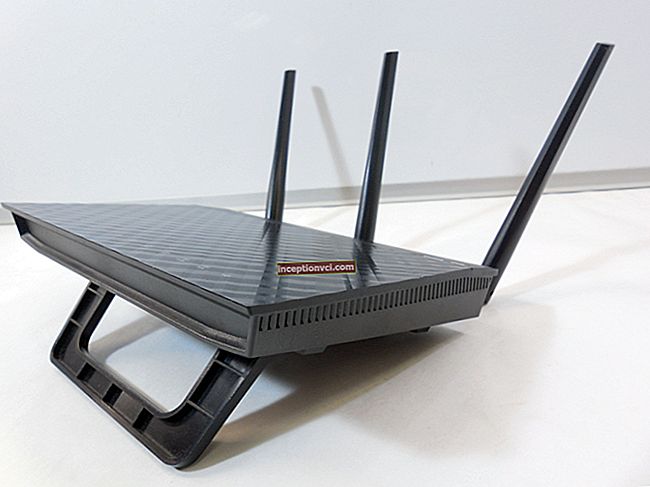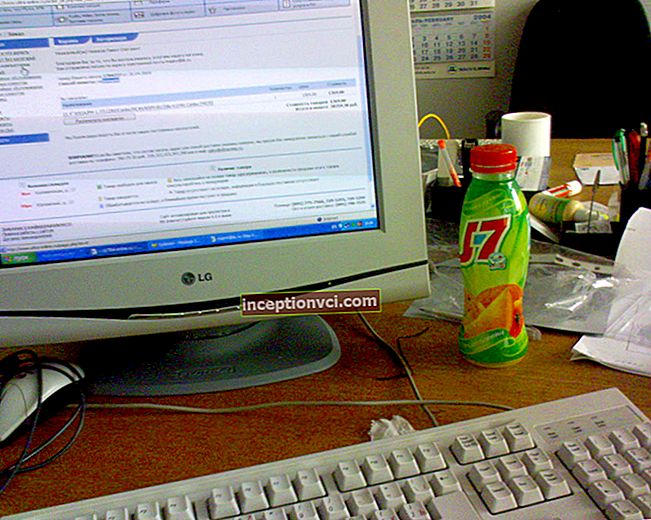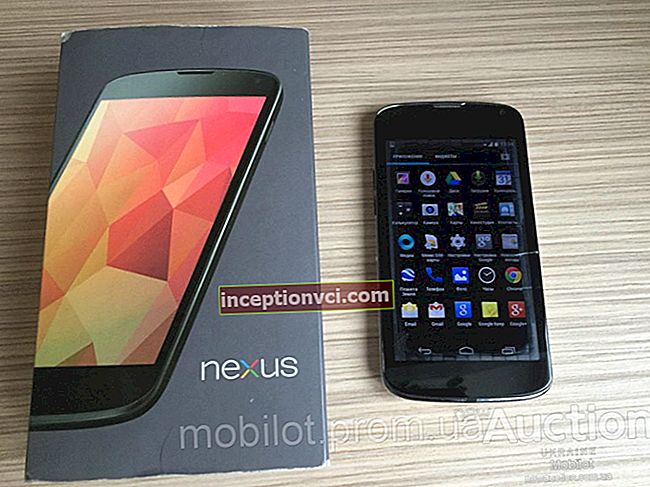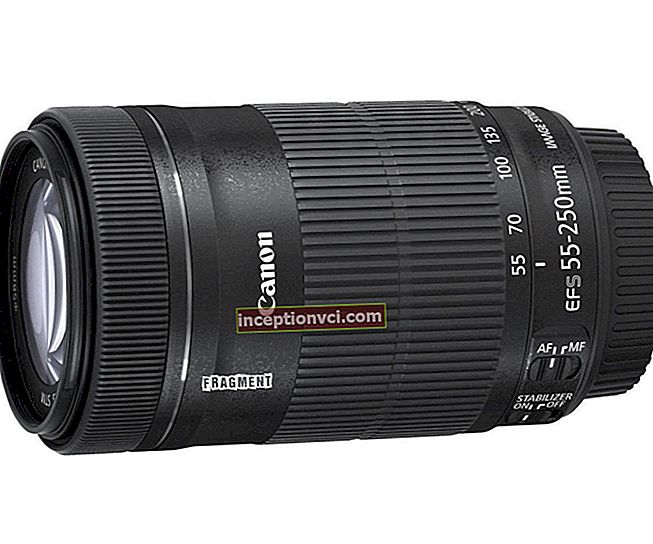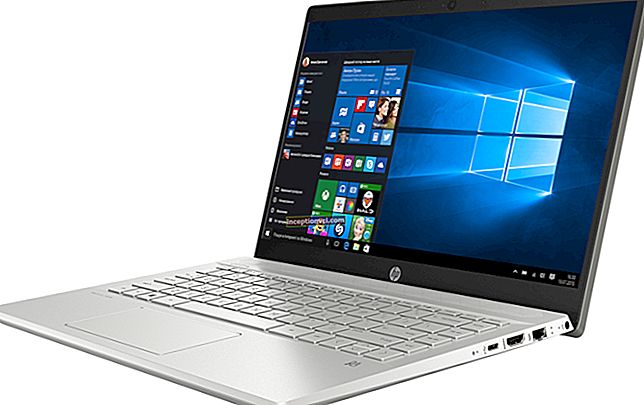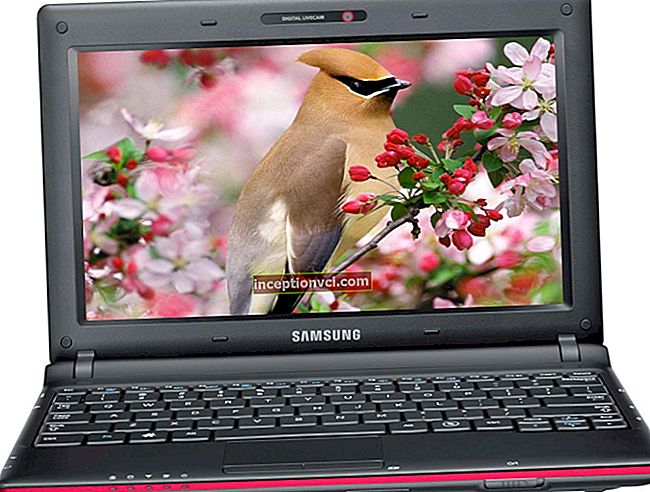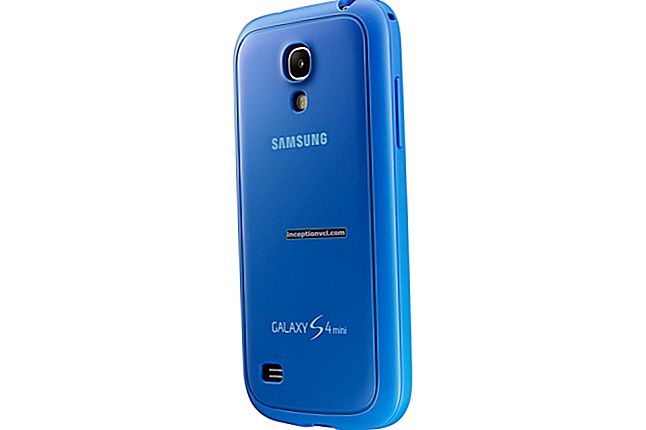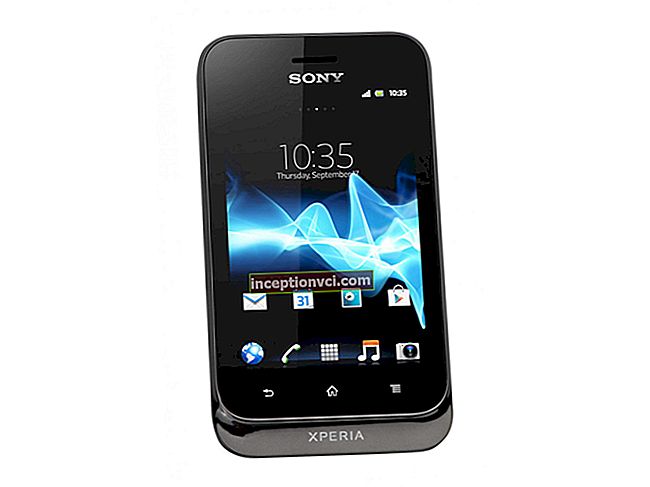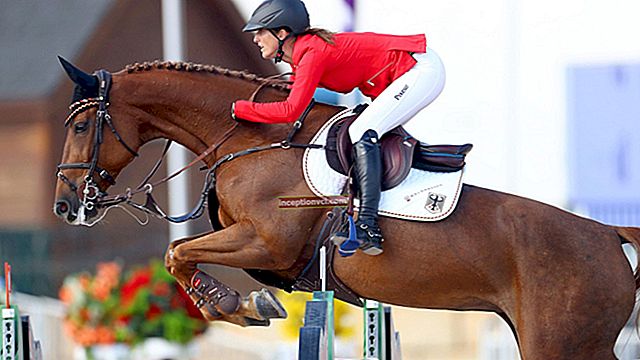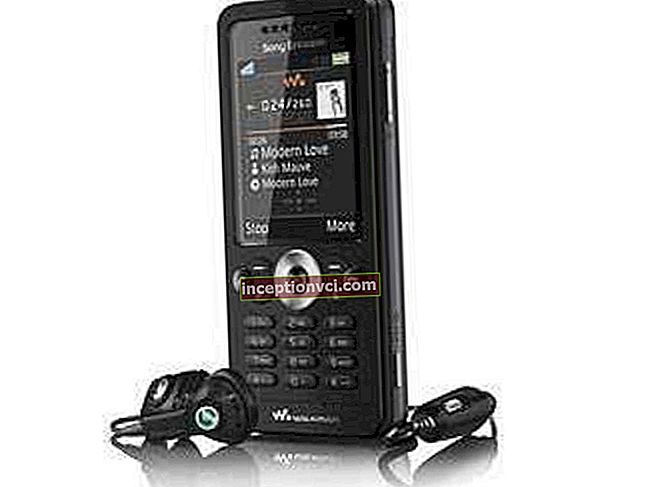Choosing an iron? F.ua will tell you which iron is better to choose so as not to miscalculate.
How to choose the right iron?

Before deciding which iron to choose, study the following parameters.
1. Iron sole
Which iron soleplate is better to choose is up to you. Remember: the quality of ironing of various fabrics depends on it. Outsole material affects the cost of goods:
- ceramics and cermets are used for expensive irons. They glide easily over the fabric and do not jam it. Not scratched, easy to clean. Ceramics keep warm for a long time;
- stainless steel - the material is durable, does not scratch, has an average heating / cooling rate, easily glides on the fabric and is easy to clean. Often such a sole is complemented by special spraying and holes;
- aluminum is an excellent heat conductor. The outsole heats up and cools down quickly. Irons are inexpensive and lightweight, but quickly deteriorate and easily damaged. Over time, scratches appear on the sole. Small burrs from them on delicate fabrics form puffs or cuts. Non-sprayed aluminum sole leaves shiny marks on wool-containing fabrics;
- Teflon - the coating does not stick to the fabric and does not burn through things, glides well during ironing. It is easily scratched by metal clothing accessories, which leads to deformation of the sole.
2. Nozzle for delicate fabrics
Irons with a double (removable) sole have a perfectly smooth surface and do not heat up above the permissible temperature. The attachment is fixed to the soleplate of the iron with clamps. It becomes possible to iron thin fabrics (silk) with steam and at low temperatures. Prevents accidental drops from getting on the fabric.
3. Steam supply
Steam irons with hot moistening, faster and easier to smoothen wrinkled fabrics, including overdried laundry.
Steam is supplied in irons through a multitude of holes in the soleplate. The more holes there are, the better the fabric is moisturized and steamed. The effectiveness of smoothing depends not only on the number of holes, but also on their location. The classic version involves the accumulation of micro-holes on the toe and heel of the sole; larger holes in 1-2 rows are located along the sides.
The steam supply has several technical solutions. A distinction is made between horizontal steaming, vertical steaming and - as additional options - steam emission and spraying.
The amount of steam generated by the iron during operation per minute is measured in grams. As a rule, it is produced from 30 grams of steam per minute or more. To cope with any kind of fabric, the steam boost must be over 100 g / min. In many models, a regulator of the intensity of the steam supply is installed, which is located on the front of the iron handle. It regulates the optimal steam rate according to the type of fabric to be ironed, its thickness and the degree of wrinkle.

4. Spraying
Spray - The function of dampening the fabric with a spray gun.
A spray device located on the iron spout, at the push of a button, delivers water to the fabric. It is used when ironing thin fabrics, where the use of steam is undesirable.
5. Steaming
Horizontal steaming - normal steam supply during ironing.
Vertical steaming - clothes are ironed on a hanger. This type of steaming is convenient if you need to quickly iron out the formed folds before leaving the house.
High quality irons have a steam release functionorThe "turbo steam" delivers steam intensively. Clothes made of dense fabrics (linen or denim) require enhanced ironing, using a "steam boost". The steam is emitted as a self-cleaning iron.The water tank with a strong steam jet is freed of accumulated particles of dirt and scale. A good steam boost in conventional irons is considered to be from 90 g / min, and in steam generators from 120 g / min. It takes some time for a large amount of steam to form, which is why with conventional irons the steam boost is delivered at short intervals.
Steam irons and some conventional irons have separate steam reservoirs and high steam rates to deliver powerful continuous steam.
6. Steam generator
The steam generator is a separate unit with a heater and a large water boiler in which steam is generated. The steam generator and the iron are connected to each other by a special hose through which ready-made steam is supplied to the iron. The length of the steam hose varies from 1.5 to 4.0 m.
A hose shorter than 1.5 m restricts movement, and a hose that is too long can become tangled during operation. The powerful heater and high pressure generates steam quickly and delivers it continuously.
Expensive semi-professional and professional irons are equipped with a steam generator. Thanks to the large tank, it allows you to iron with intensive steam for several hours without interruption.
Advantages of the steam generator: ironing takes several times less time than a conventional electric iron, and the iron itself becomes more maneuverable and light due to the absence of a water tank in its body. Disadvantage: It takes up a lot of space.
7. Power and energy consumption
The power consumption of the iron ranges from 200 W to 3200 W. The higher it is, the less time it takes to heat the sole and the faster the vaporization occurs. Saves time during ironing:
- powerful irons (from 2500 W) are indispensable helpers for a large family;
- with an average power (1500-2500 W) are optimal for small families;
- low-power models (up to 1500 W) - for road models and apartments with poor electrical wiring.
The amount of electricity consumed by the iron depends on the power. They are not assigned an energy class. Unlike other household appliances, the iron does not consume a lot of electricity. The most economical are irons with low power ratings. Many manufacturers provide special operating modes to conserve energy. There are steam models with reduced energy consumption due to the ergonomic steam supply. Using such an iron, you can save up to 20% of electricity.
8. Cord length
The length of the power cord is from 0.8 to 4 m. For comfortable use of the iron, the optimal cord is from 1.9 to 2.5 meters.
The wire moves "left and right" and "back and forth". Convenient models of irons in which the power cord has a free ball attachment and rotates 360 °, preventing the possibility of twisting the wires during ironing.
There are irons with wireless connection. They are connected to the network with a stand that has a wire. Heating of such irons is provided through contact with the stand. When the user takes off the iron - it does not heat up, puts it on the stand - heats up. Cordless irons are convenient in that they allow free movement of the user. Wires don't get tangled.

9. Iron weight
The weight of the current generation irons ranges from 0.4 to 11.2 kg. In the past, it was believed that the heavier the iron, the better it ironed. A distinctive feature of modern irons is their low weight. This characteristic does not affect the quality of ironing. The low weight is convenient when using the iron, since the ironing process becomes maneuverable, and the hand gets less tired during work.
The weight of the iron is influenced by the material from which the soleplate is made. Steel weigh more, ceramic and metal-ceramic - less, aluminum - the lightest. Steam irons weigh more than steam machines. Their average weight is 9 kg.
10. Iron handle
Before buying an iron, hold it by the handle - this will help you decide whether it will be convenient to use it. In steam iron models, the handle is attached to the body. But travel irons have a foldable handle. When folded, it fits snugly against the body. The foldable handle allows you to compactly store and transport the iron, easily placing it in a suitcase or bag.
11. Safety and security
Sometimes, through inattention, users leave the iron turned on when leaving the house. Irons with automatic shutdown, turn off on their own after a certain time, being in a stationary position. In the horizontal position, an automatic shutdown is triggered after a minute. In an upright position - after 10 minutes.
12. Anti-scale system
Over time, scale forms on the walls of the tank, clogging the steam channels and impairing the heat-conducting properties of the devices.
Modern irons are equipped with anti-lime storage filters (sponges, cassettes, rods), which ensure water purification and prevent the formation of scale. Filters are replaceable and permanent. Some iron models have an automatic descaling function.

13. Anti-drip system
The low temperature does not generate steam during ironing. Therefore, there is a risk that water from the reservoir will seep through the holes in the soleplate of the iron. Streaks, stains and streaks will appear on the laundry. To prevent water from leaking out, some models are equipped with anti-drip systems.
Now you know how to choose a good iron for your home.
There is a huge selection of irons in the electronic catalog of our store. Order the product right now. Tomorrow we will deliver the goods at a convenient time for you.
Watch this video review and the question of which company to choose an iron will disappear by itself!
